By
Ratnesh Dwivedi
Christine Lagarde of the International Monetary Fund is one of many who believes that under the leadership of Prime Minister Narendra Modi, India has improved rapidly and is on the right track. International recognition is one aspect but what are the challenges in India becoming a powerhouse while China sees a recession. Ratnesh Dwivedi spoke to seven experts. Fifth in the series is his interaction with Priyanka Chaturvedi.
Priyanka Chaturvedi is the National Spokesperson of the Indian National Congress. She is a regular on television channels on various issues on Indian politics, women empowerment, child rights, education and health. She was selected to be a part of a delegation of young political leaders chosen by the UK High Commission and CPA UK to visit London for better Indo-UK ties and to understand their democracy better.
Recently a website named her amongst the top ten upcoming Indian women politicians. Priyanka is a trustee of two NGOs that are closely working in the space of children’s education and women’s empowerment. Priyanka contributes her opinion columns in various newspapers and online sites. Priyanka’s book review blog is also amongst the top ten blogs on books in India.
In 2015, she was nominated for and participated in Observer Research Foundation and Zeit Siftung’s programme Asian Forum on Global Governance.
Ratnesh Dwivedi: I’d like you to talk about the development of three Pillar Industries, Agriculture, Service and IT and how well they have been in the past two years.
Priyanka Chaturvedi: There are mixed opinions on the last two years of government, especially in relation to the three pillars of the economy. The agriculture sector has been negatively impacted due to the intermittent weather experienced in the country. With low rainfall and hotter periods, agricultural productivity has not grown as it was expected. To add to the issue of weather, ground water depletion and inefficiencies in the value chain are also causing problems. In 2014-15, growth was negative at -0.2 percent and in 2015-16 growth was a mere 1.1 percent. Many believe that the sector is in a deep crisis.
As per the services sector, the development has been generally positive. Construction and trade, hotels, transport and the communication sector in services have grown well and continue to show positive trends for the coming years. Some service sub-sectors have felt a slight pinch in their development, but overall services are performing better.
The IT sector continues to grow steadily like in the past decade as well as in the last two years. The government keenness on expanding India’s digital economy and growth rates in the past two years are evidence of this push. The sector grew by 8.3 percent in the last year and is expected to grow by approximately 12-14 percent in the current financial year. The sector continues to contribute heavily to Indian GDP, at almost 9.5 percent of GDP and constitutes nearly 45 percent in India’s services exports.
RD: Did the three Pillar industries meet some problems in developing a better atmosphere for growth? What can we do, or what will the government do, to resolve?
PC: Intermittent weather in the country has been one of the biggest detriments to the development of the agriculture sector in the country. Ground water depletion and systemic problems in the value chain are also creating issues within the sector. This coupled with pending agrarian reforms, mechanization and improvement in efficiency and productivity are creating a barrier to growth in the sector. While the government has no control on the weather system, it can start to build infrastructure and safeguards to protect the agri sector from such fluctuations. The government will also need to working on agrarian reforms like higher support prices, tax and direct incentives for farmers and aim to increase productivity through technology and innovation. The government has earmarked funds for irrigation only in the last budget in February. Consistent capital and attention given to irrigation is expected to boost the sector as well. The government will need to encourage rural investment, especially in the value chain to lower wastage and other inefficiencies.
To help the services sector continue its progress, the government will look to continue improving standards, efficiency and transparency in the sector. It will aim to bring in technology transfers, improve investor confidence and attract investment in a wide range of sub-sectors. The government will also need to strike a balance between both the foreign investment and domestic investment, providing more focus to domestic industry to continue to expand and invest in the country rather than shift outside India. Furthermore, the government will have to bring all services to be available online, to adapt to the new digital economy.
The IT sector before the last two years had lost ground to the rapid changes in the sector around the world. For the sector to continue to grow the government will have to help it get back at par with its global competition. It will need to help facilitate technology transfers and ease investments into the sector such that it can remain a competitive global industry. Leap frogging technology will add tremendously to the economy as a whole and maintain India’s edge in IT.
RD: Do you think the expectation will be satisfied, and if so, why?
PC: Barring the agriculture sector, the development and expectation of the two other sectors is wholly possible and the government is seemingly on the right track. For the agri sector though, the future looks clouded. If agrarian reforms do not happen quickly and the weather continues to fluctuate as significantly as it has in the past two years, it will be hard for the sector to not only develop but help India’s economic growth. Given how difficult these reforms will be especially as they will target the largest employment basket in the country, the possibility of the agriculture sector showing large positive trends seems unlikely in the next three of four years.
RD: We know that the GST bill has passed in both houses, please tell me how it is going to change or impact different sectors.
PC: The GST in the simplest terms will provide uniformity to India’s indirect taxation system. For very long, India has relied on a number of different taxes on goods and services and many times differentiated by states. This caused a lot of price variation on same products and services around the country. In some cases it even caused inter-state black market operations. The GST simplifies the taxation system in India and creates a uniform taxation on products across the country. Inclusion in the list of goods and services means that across the country, consumers would pay a singular tax rather than all these differentiated taxes applied so far.
RD: Will the government meet some problems in the implementation of GST, what is the obstacle and what can the goverment do to move it?
PC: The government will undoubtedly face some problems in implementing GST. First, the government will have to take stock of what all the GST should include and what it can keep on the older system. This may result in some disagreement among various groups who would want certain goods and services within the ambit of the GST and some out of it. Finding a balance would be tough to begin with. Second, replacing a well entrenched system like the previous indirect taxes will require awareness, education and incentives. There will be price fluctuations which may upset certain segments of the country. While it may be the best for the country, convincing people of the benefit will require time and effort.
RD: Why didn’t the Land Acquisition Bill and Labour Law pass? What is the barrier and impact of this?
PC: Changing the existing version of these laws is not easy. What one must understand is that both Land Acquisition and Labour are both issues that deeply affect a large portion of the country. While both these reforms are required for the country’s progress, they will have to be done in a manner that is inclusive and does not alienate one group for the sake of another. For example, for land acquisition, while laws on large purchases may benefit the industry, it may have an adverse impact on agriculture and farmers. These types of imbalances are what are preventing the passage of these bills. While the short term impact is not much, the long terms impact of not passing these laws could be huge. With India attempting to turbocharge its industry, these laws will be required soon.
Priyanka Chaturvedi
Priyanka Chaturvedi is a spokesperson of the All India Congress Committee, a Presidium of Indian National Congress Party of India. She is also a columnist for Tehelka, Daily News and Analysis and First Post.

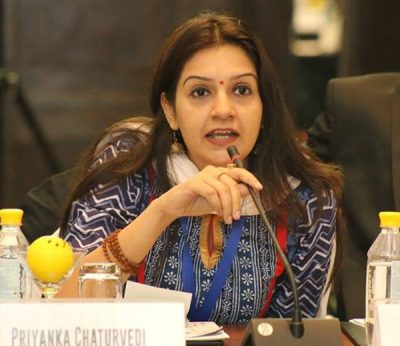
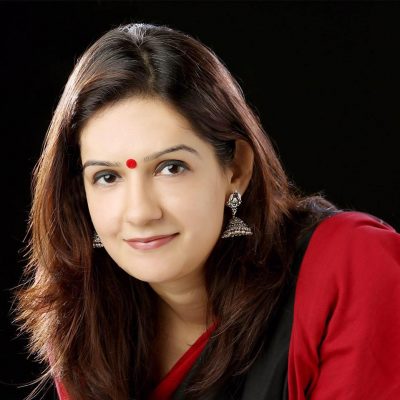
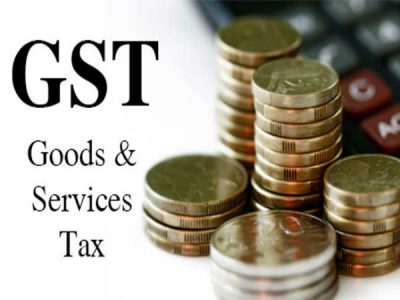
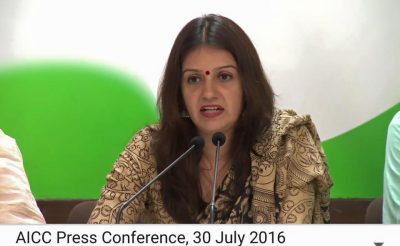

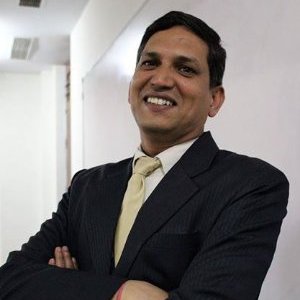
No Comments Yet!
You can be first to comment this post!